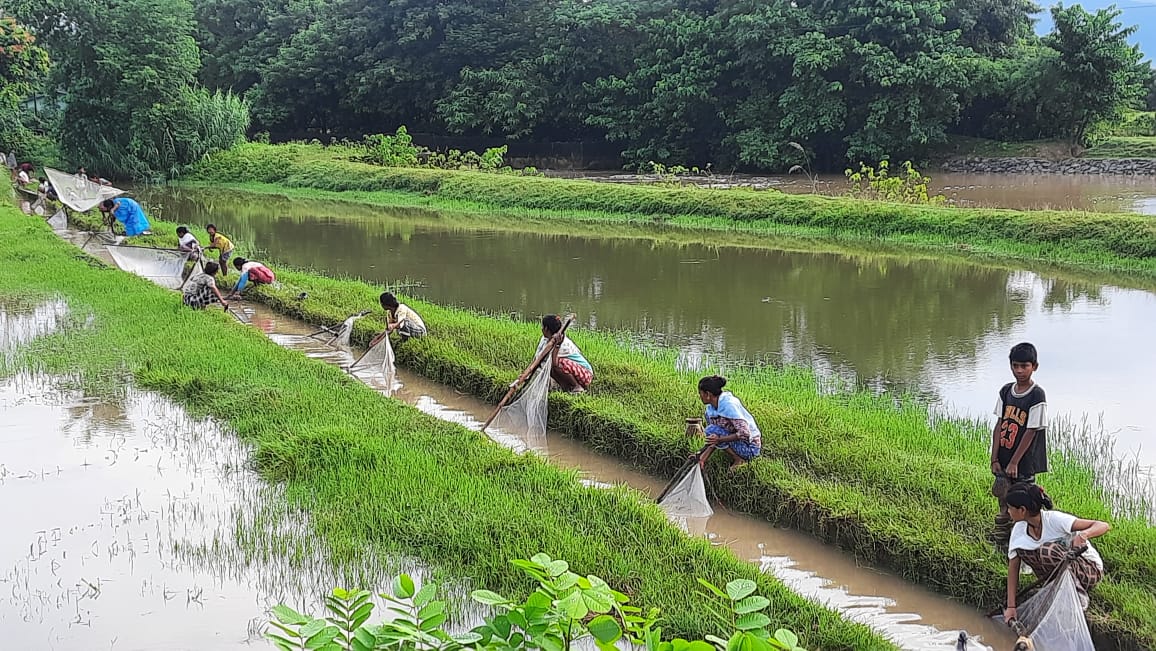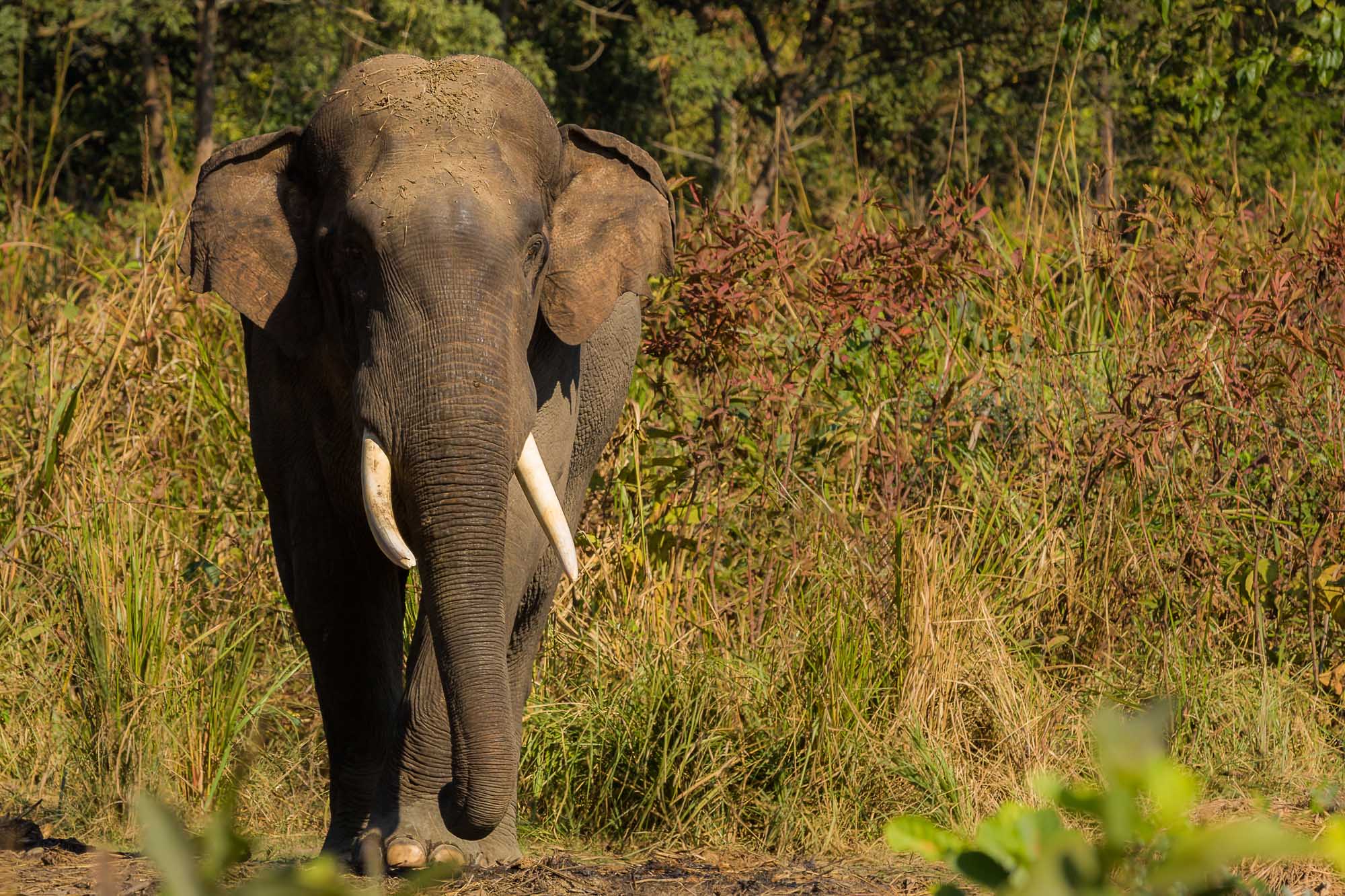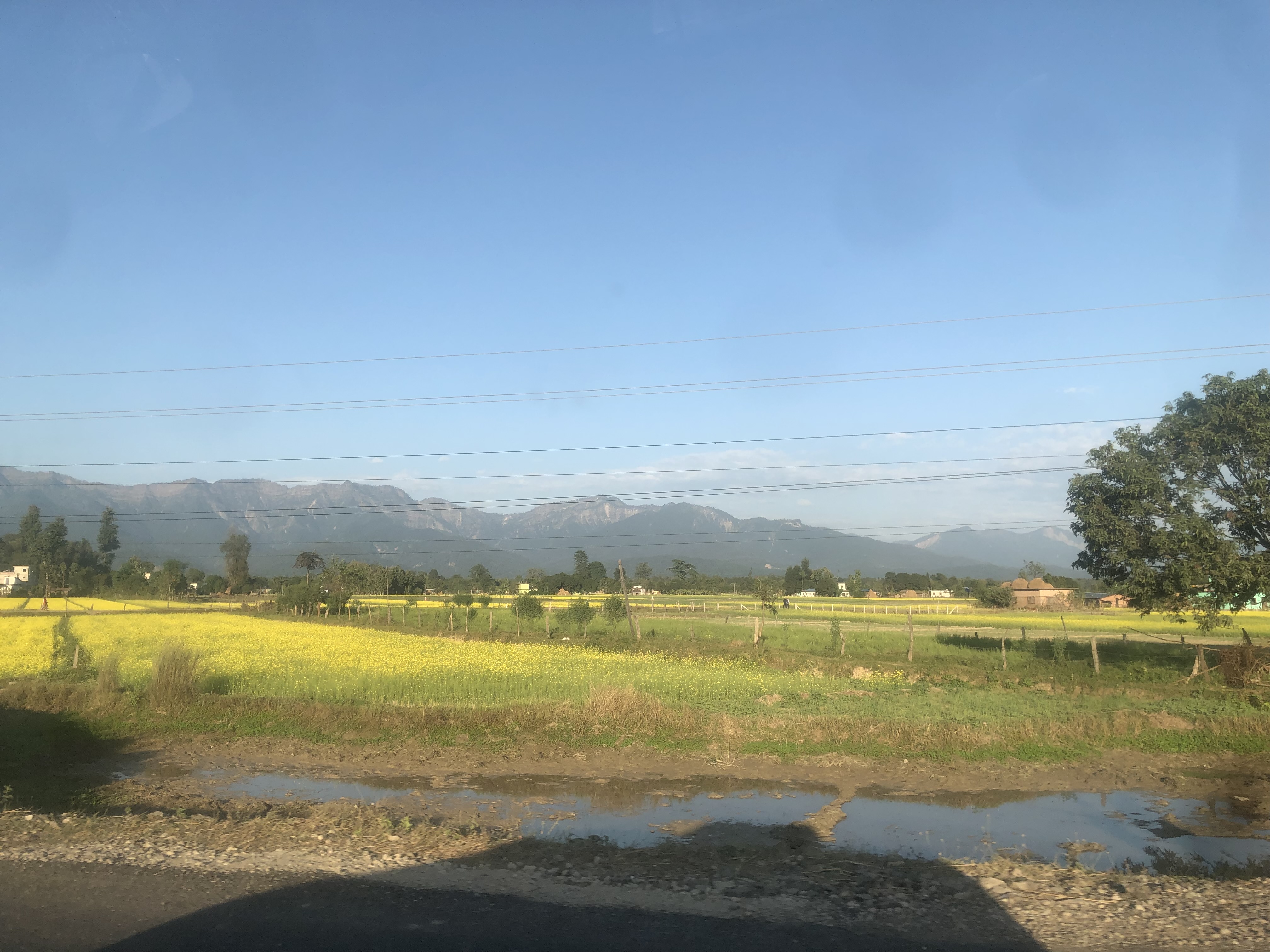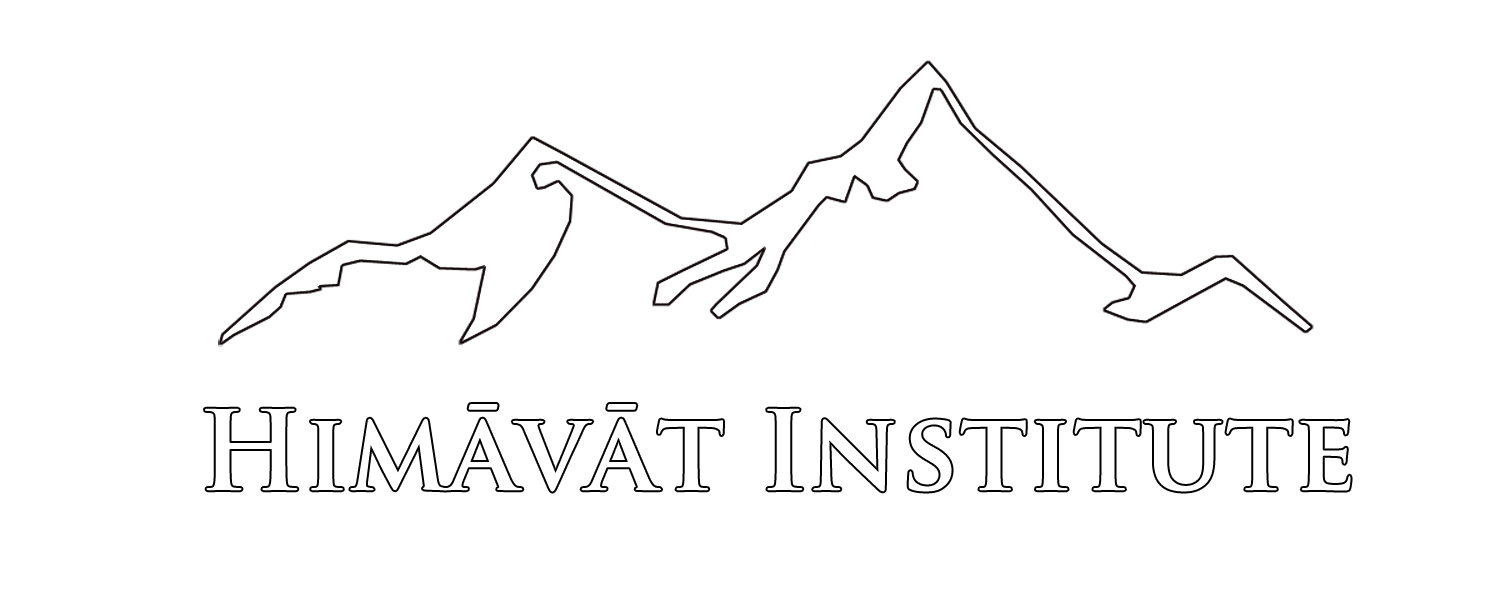Mainstream conservation efforts often undermine the knowledge and culture of marginalized communities, as seen with the Sonaha, an Indigenous fishing community in Nepal. Spread across Bardiya, Kailali, and Kanchanpur districts, the Sonaha live along the Geruwa River bordering Bardiya National Park. Historically semi-nomadic, they relied on fishing and gold mining, but their way of life has been disrupted since their territory became a royal hunting reserve in 1969 and later a national park. This led to the criminalization of their livelihoods and displacement. In 2008, the park issued restricted fishing permits after community pressure, but these were revoked when two Sonaha were wrongfully accused of poaching. Conservationists argue for fishing bans to protect endangered species like the Gangetic river dolphins, despite evidence that the real threats are water level changes and dam constructions. The Sonaha's traditional knowledge is often dismissed by conservation policies dominated by "expert" knowledge. They are not recognized as an Indigenous group in official lists, denying them certain rights and benefits. Today, they face harassment, poverty, and loss of cultural identity, struggling to maintain their way of life against modern conservation and development pressures.
Know the society and the environment
Accomodation: Madhuban
Depending on the research question and plan
Accomodation: Madhuban
This site is situated in western Nepal, and boasts a subtropical and tropical climate with three distinct seasons: winter (November-February), pre-monsoon (March-May), and monsoon (June-October). Winter temperatures can drop to around 7°C, while summer temperatures can soar to 38°C. The region receives substantial rainfall during the monsoon, averaging 1500-2000 mm annually. Facilities in the region are basic, with limited access to healthcare, education, and infrastructure, reflecting the area's rural and conservation-focused nature.

Madhuban
Unique tradition house with basic amenities such as electricity, internet and drinking water supply. It has access to blacktop road.




